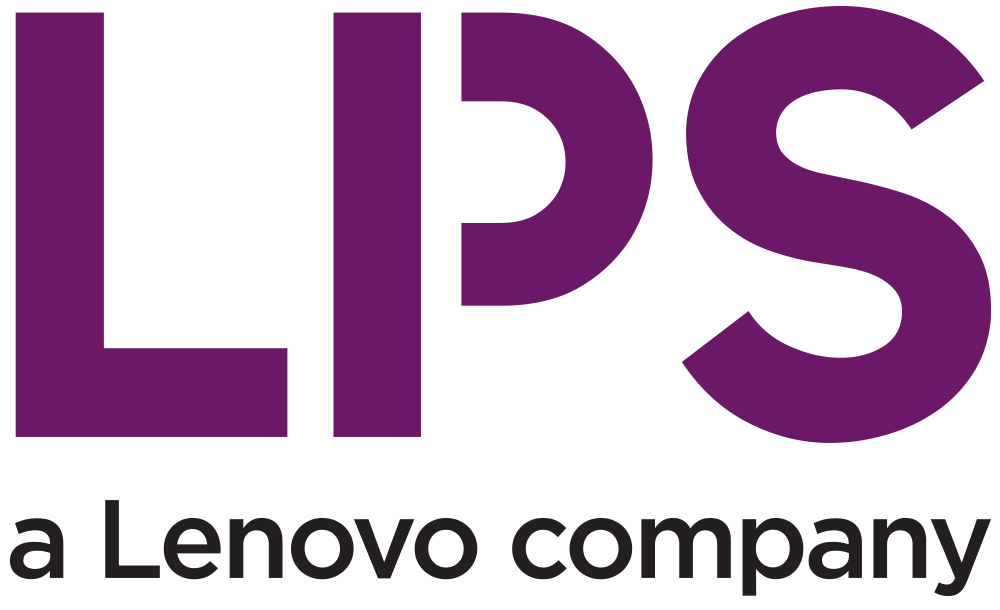Service Assurance Architect- In this new role, you will be managing the Day 1 Technical Services and Day 2 Managed Operations Service offer who is going to report to Delivery team. This function will serve as Check and Balance for any new pursuit between Sales, Pre-Sales and Delivery.
You Will:
1. New Pursuit Evaluation:
- Early Involvement: Service Assurance participates in initial sales meetings and bid reviews to assess the feasibility and risks of new opportunities.
- Service Fit: They determine if the proposed solution aligns with the organization's standard service catalogue and can be delivered with existing capabilities.
- Due Diligence: Service Assurance performs due diligence on potential clients, reviewing their requirements, technical environment, and any potential challenges.
- Go/No-Go Decisions: They provide input on whether to pursue an opportunity based on their assessment of risks, resource availability, and potential for success.
- Act as Technology Infrastructure SME for Network & Security Design. (Critical)
2. Standardization Check:
- Mapping to Standards: Service Assurance ensures that proposed solutions map to standardised service offerings, configurations, and delivery processes.
- Deviation Management: If customization is required, they assess the impact of deviations from standards and ensure they are documented and approved.
- Knowledge Base: They maintain a knowledge base of standard services, configurations, and best practices to guide solution design and delivery.
3. SLA Negotiations:
- Realistic SLAs: Service Assurance works with Sales, Pre-sales and Delivery to define SLAs that are realistic, measurable, and achievable based on the organization's capabilities and resources.
- Performance Metrics: They establish clear performance metrics and measurement methods to track SLA compliance.
- Risk Assessment: They assess the risks associated with meeting specific SLAs and identify potential mitigation strategies.
4. Risk Assessment:
- Proactive Identification: Service Assurance architect proactively identifies potential risks across all stages of the service lifecycle, including technical, operational, financial, and reputations risks.
- Risk Analysis: They analyse the likelihood and impact of identified risks, using tools like risk matrices and probability assessments.
- Mitigation Planning: They develop and implement risk mitigation plans, outlining specific actions to reduce the likelihood or impact of risks.
5. Sizing and Scoping:
- Resource Estimation: Service Assurance works with Delivery to accurately estimate the resources required to deliver the proposed solution, including personnel, technology, and time. He/she will also be based on Standard Service Catalogue and sizing calculator as a base to do the estimate. Any deviation of the costing, will need to be signed off and any major deviation will need to be documented as risk.
- Scope Definition: They help define the scope of work, ensuring it is clearly documented and agreed upon with the client.
- Costing and Pricing: They provide input on costing and pricing models to ensure profitability and competitiveness.
6. Continuous Improvement:
- Performance Analysis: Analyse service delivery performance data to identify trends, areas for improvement, and opportunities to optimize processes and efforts sizing in the Standard Service catalogue.
- Innovation: Explore new technologies, methodologies, and best practices to enhance service delivery and drive continuous improvement.
You Bring:
1. Education:
- Bachelor's degree in Information Technology, Computer Science, Engineering, or a related field.
- Relevant certifications are highly valuable, such as ITIL (Information Technology Infrastructure Library), Cloud Certifications, CCIE-R&S, Security, Data Centre, Service Provider, Advance Design. etc.
2. Experience:
- Years of Experience: At least 10 years of progressive experience in Pre-Sales, Technical Architect or IT service management
- Service Design and Delivery: Proven experience in designing, implementing, and managing IT services, with a focus on quality, reliability, and efficiency.
- Risk Management: Demonstrated experience in identifying, assessing, and mitigating risks associated with IT service delivery.
- SLA Management: Experience in defining, negotiating, and managing service level agreements (SLAs).
- Compliance and Governance: Experience in ensuring compliance with relevant industry regulations, standards, and legal requirements.
- Process Improvement: Experience in analysing and improving service delivery processes to enhance efficiency and effectiveness.
3.Technical Skills:
- IT Infrastructure: Strong understanding of IT infrastructure components, including networks, servers, storage, and databases.
- Cloud Computing: Familiarity with cloud computing platforms and services (e.g., AWS, Azure, GCP).
- Automation: Knowledge of automation tools and technologies used in service delivery (e.g., RPA, scripting).
- Monitoring Tools: Experience with service monitoring and management tools.
- Data Analysis: Ability to analyse service performance data to identify trends and areas for improvement.
4.Soft Skills:
- Communication: Excellent written and verbal communication skills, with the ability to effectively communicate technical information to both technical and non-technical audiences.
- Collaboration: Strong collaboration and interpersonal skills, with the ability to work effectively with cross-functional teams.
- Problem-Solving: Excellent analytical and problem-solving skills, with the ability to identify and resolve complex issues.
- Leadership: Demonstrated leadership skills, with the ability to influence and guide others.
- Presentation Skills: Ability to create and deliver effective presentations to stakeholders.
5.Beyond the Basics:
- Experience in the SI is a must.
- Consulting Experience: Prior experience in a consulting role can be beneficial, as it often involves working with different clients and solving diverse challenges.
- Agile and DevOps: Familiarity with agile methodologies and DevOps practices is increasingly valuable in today's fast-paced IT environment.





